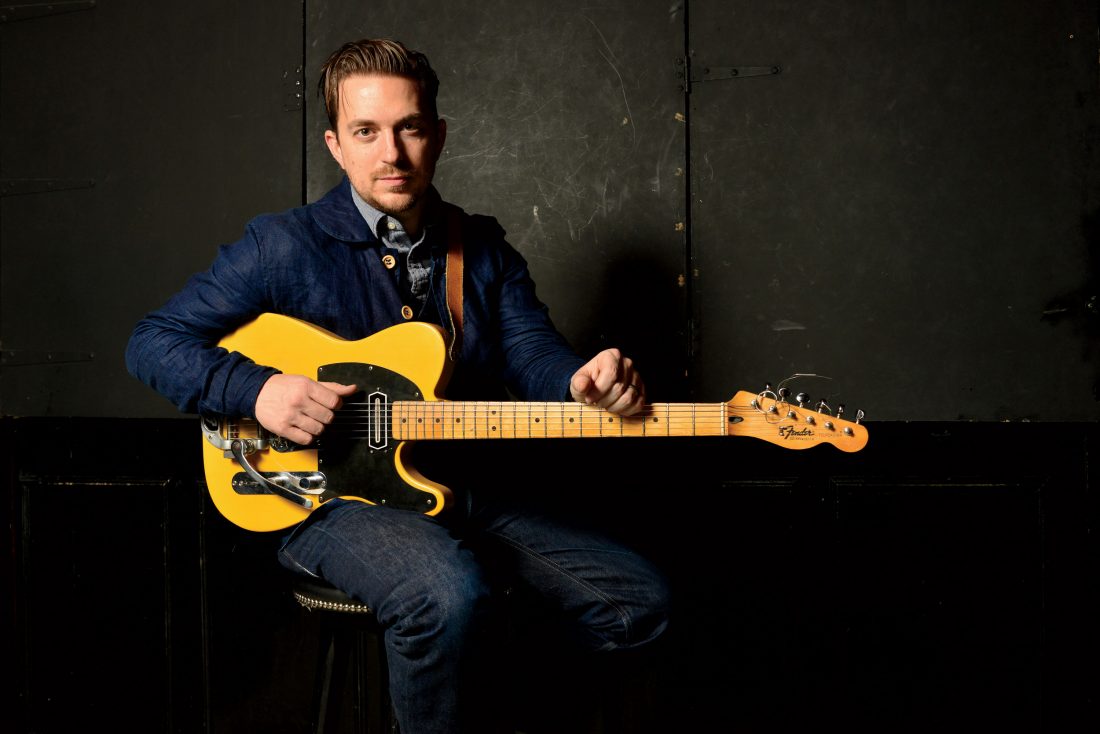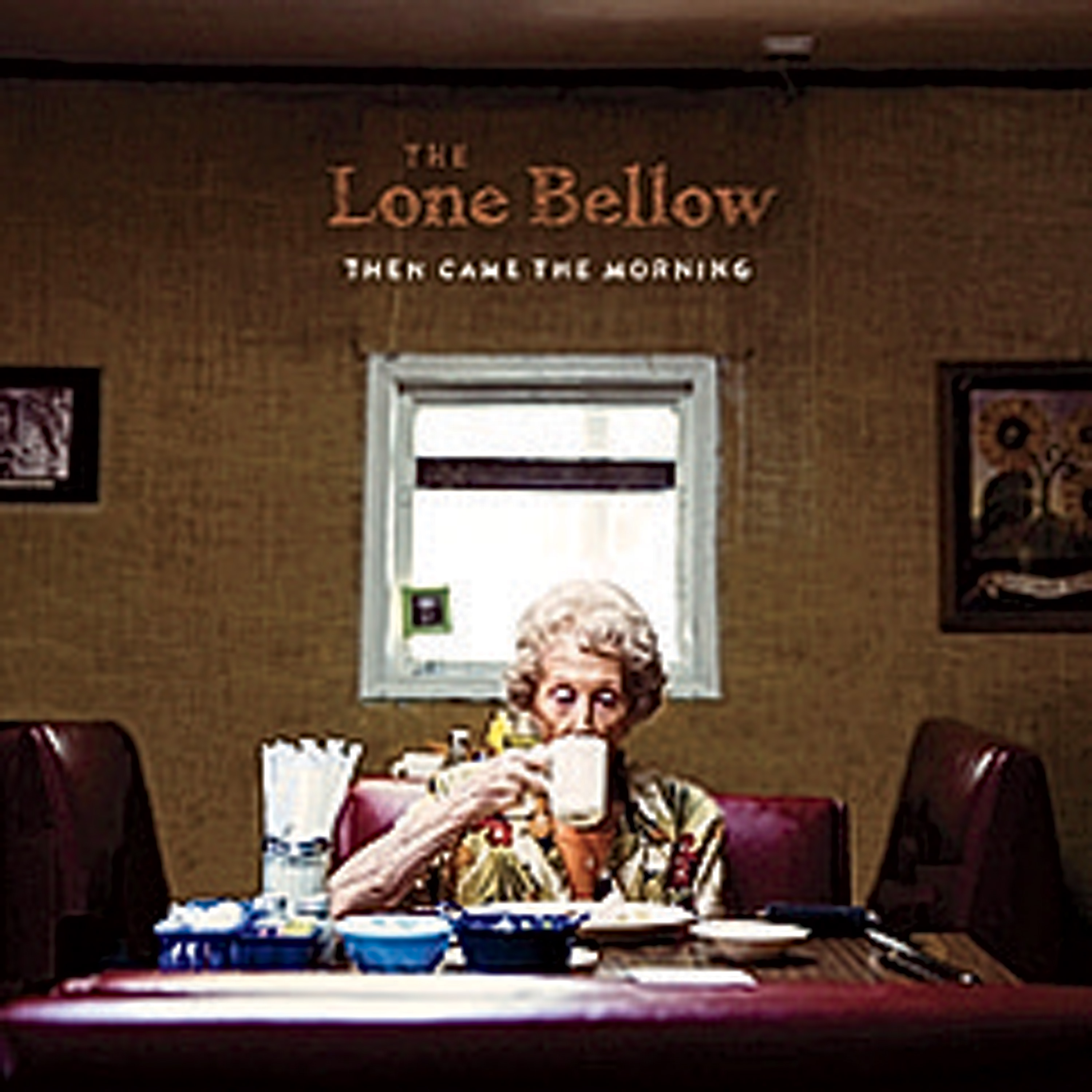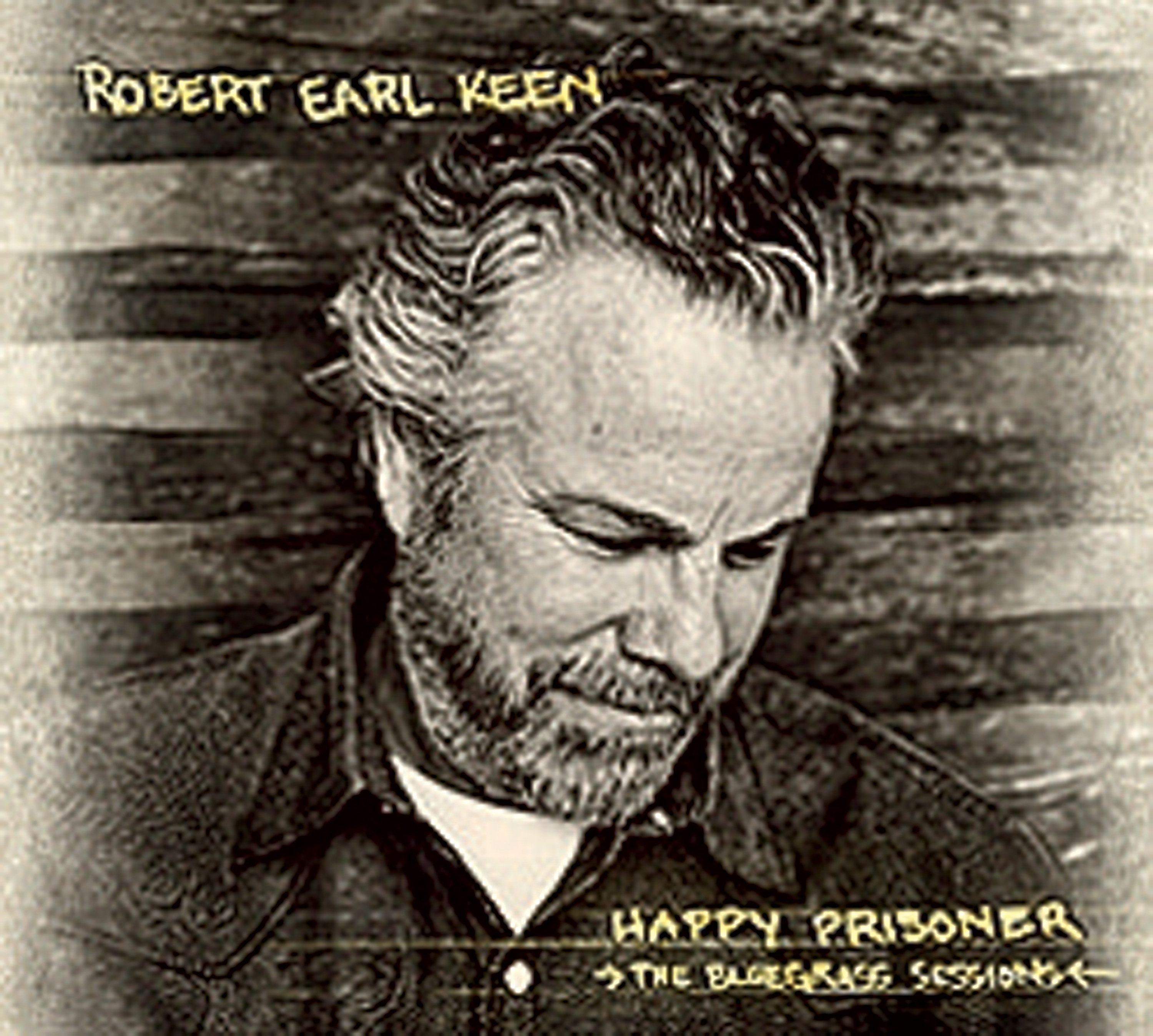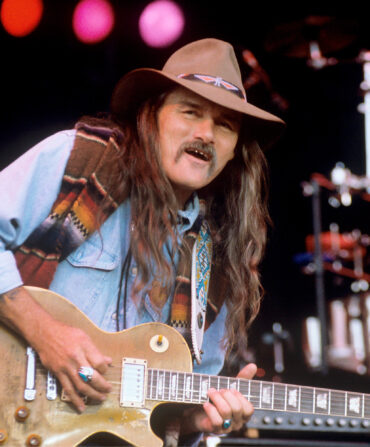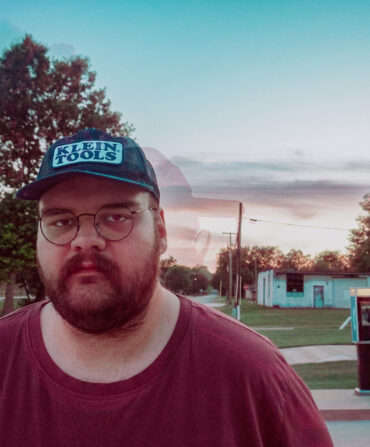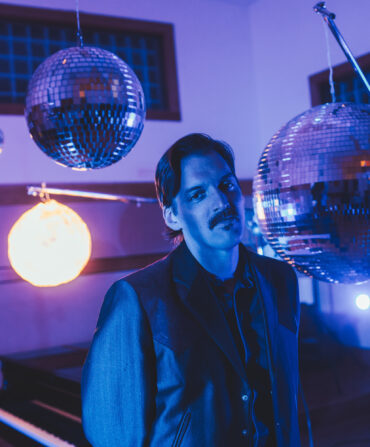Sometimes a trip to a record store can change your life. It did for JD McPherson, who grew up in rural southeastern Oklahoma. While most of the kids in his high school lived for football and roping cattle, he ran with a group of outsiders, playing in punk bands, practicing in the barn on his family’s ranch, and mimicking groups like the Ramones.
At the local record store in McAlester, the clientele usually clamored for the latest Garth Brooks release. But a female employee (whom McPherson had a huge crush on), cleaning out the store’s stock one day, slipped him a copy of a Buddy Holly box set. He listened to it, and nothing has been the same since. “I was blown away,” McPherson says of Holly’s rollicking sensibility on songs such as “Not Fade Away” and “Rave On.” “It was like hearing the Ramones. But I could relate to a Texas guy more than four guys from Queens, New York, wearing black leather jackets.”
McPherson’s musical journey had begun: Buddy Holly led to Elvis (both the skinny and fat versions), then to Jerry Lee Lewis, and to McPherson’s now idol: Little Richard. “It was just insane to have a flamboyant black man freaking everyone out with a record like ‘Keep a Knockin’’ that feels like it’s a train that could go off the tracks,” he says. “Songs like ‘Keep a Knockin’’ were wild teenage music. Kids were flipping out.”
McPherson’s new album, Let the Good Times Roll, should also have people flipping out. Loaded with pure, hip-shaking rockabilly, the album soaks you in a sound that is instantly classic but with a modern greased-lightning chug. The title cut lays down the foundational grooves, but songs such as the stomping “Bossy” and the room-is-jiggling “Head over Heels” lift McPherson’s stuff to another level. Not to mention the straight-up Little Richard homage “It Shook Me Up,” which has a bass line nastier than a stood-up prom date.
McPherson took his sweet time to develop his own sound. After high school, he studied art in college, eventually earning an MFA from the University of Tulsa. He taught art in middle school while still playing in bands—including a stint with local Oklahoma rockabilly legends the Starkweather Boys. Then, spurred on by his wife (whom he met at a dance club in Tulsa called Road Kill), he recorded his debut album, Signs & Signifiers, released by Rounder Records in 2012. Its fifties-inspired vibe proved hard to resist. Late-night TV appearances followed, and more recently, the rockers Queens of the Stone Age handpicked McPherson to open their giant Halloween show last October in Los Angeles, giving credence to his reputation for sizzling live performances that can captivate just about any crowd. Touring gave him the confidence to stretch out a bit on Let the Good Times Roll.
“My first record is stepping out of the house,” McPherson says. “This new one starts walking down the sidewalk.” He had begun work on the album much in the same lo-fi vein as Signs, but it evolved during his collaboration with the producer Mark Neill, who has worked with a variety of artists, including the Black Keys. He recorded it at Neill’s studio in Valdosta, Georgia, which was “really surreal,” McPherson says, “pine trees next to palm trees.” Neill has a reputation as a mad musical genius, and he played some unlikely sources for inspiration, from slick 1970s songstress Marilyn McCoo to Texas psychedelics 13th Floor Elevators to David Bowie. It was exactly the kind of eclectic range of influences that McPherson has long cultivated, and it fit him better than a cowboy belt buckle. “People want borders; they need them,” he says. “They want you to tell them what you are. I don’t like borders.”


